Piercing Aftercare: Essential Tips for Healing Your New Piercing
Getting a new piercing can be an exhilarating experience, but ensuring it heals properly requires diligent aftercare.
Both the piercer's expertise and your dedication to aftercare play crucial roles in preventing complications such as scarring.
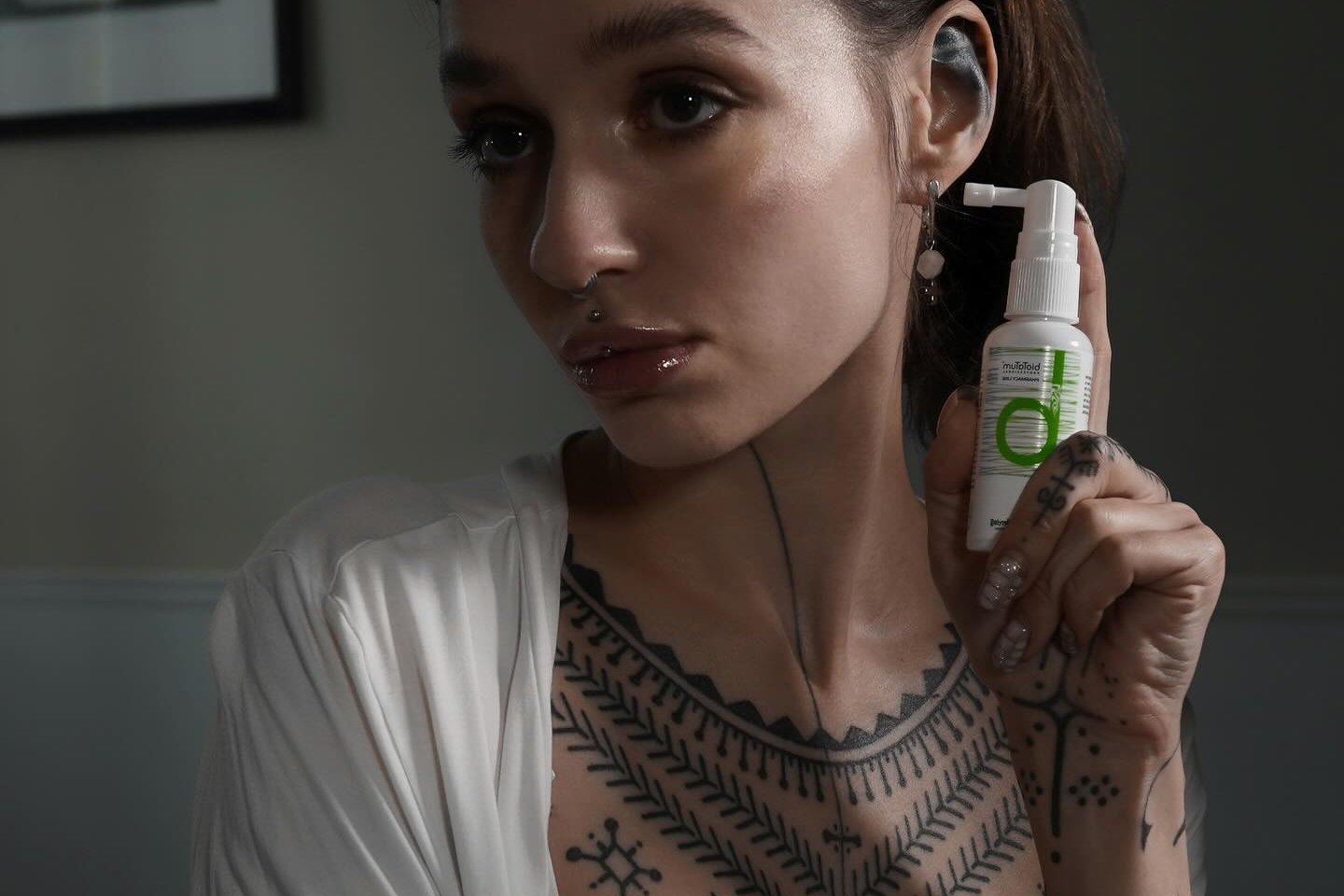
Ears, Nose, Navel, Nipples
- Daily Maintenance:
- Antibacterial Spray: Apply an antibacterial spray to all sides of the piercing.
- Cleaning: Use a cotton swab to gently clean the area and the jewelry, removing any dirt, dust, plasma, blood, or other contaminants. Repeat this process 3-4 times daily for the first two weeks post-procedure.
- Continued Care:
- Specialized Solution: Spray a specialized solution on all sides of the piercing and gently wipe away any residue with a cotton swab. Continue this routine twice a day for a month following the procedure.
- Jewelry Security:
- Regularly check that the jewelry remains securely fastened, as it may loosen over time.
- Follow-Up Studio Visit:
- After 2-4 weeks, visit the studio to downsize your jewelry, reducing the risk of injury (optional for nose and navel piercings).
- Jewelry Transition:
- Avoid switching to rings in the piercing until at least 2-2.5 months after the procedure.
- Extra Protection:
- After cleaning nipple and navel piercings, cover them with a clean dressing for two weeks to minimize injury risk.
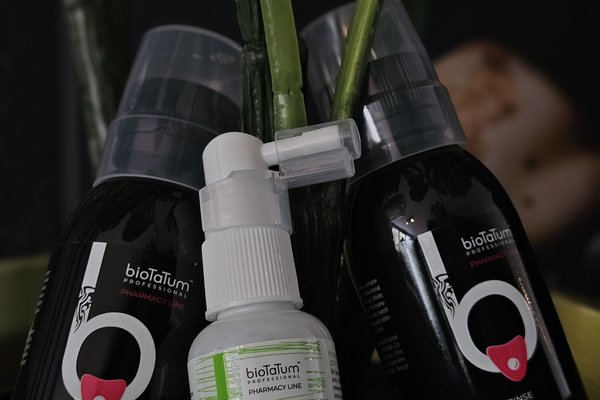
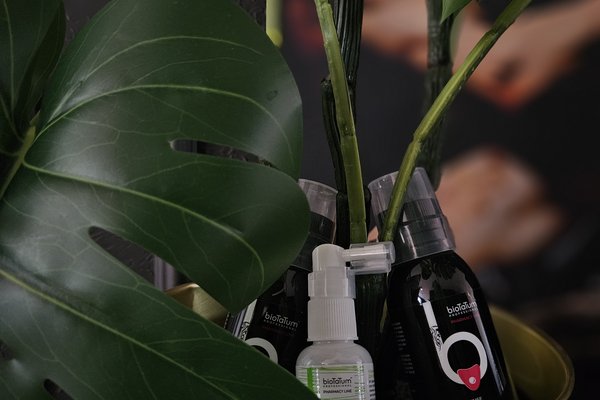
Tongue, Smiley, Lips
- Oral Rinse:
- Antibacterial Rinse: Dilute an antibacterial liquid concentrate in a 1:2 ratio. Rinse the piercing site 3-4 times daily for the first two weeks post-procedure.
- Post-Eating Rinse: During the healing period, rinse your mouth with water after eating.
- Jewelry Check:
- Ensure the jewelry is securely fastened regularly, as it can become loose.
- Follow-Up Studio Visit:
- After 2-4 weeks, visit the studio to downsize your jewelry to minimize the risk of injury (optional for smiley piercings).
- Lip Care:
- Treat the external surface of the lips similarly to ear piercings.

Normal Healing Indicators
In the initial weeks, it's common to experience some bleeding, localized swelling, or bruising around the piercing site.
You may also notice changes in skin color, itching, and a whitish-yellow fluid discharge (not pus) that forms a protective crust. These symptoms are typical and generally not a cause for concern.

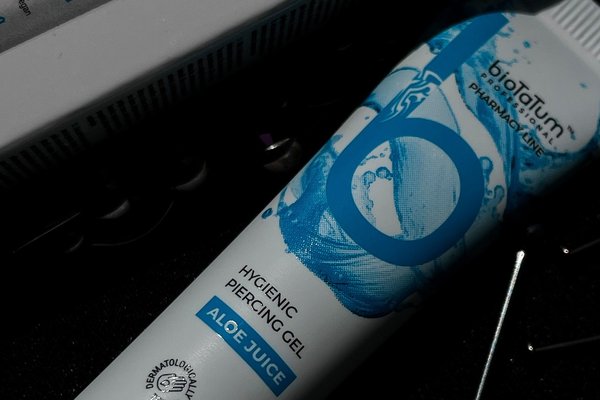
Healing Timeframes
Healing times vary depending on the type of piercing and its location on the body.
Factors such as overall health, sleep quality, stress levels, diet, and proper aftercare can influence healing speed. For instance:
- Tongue Piercings: Usually heal within one to three months due to the high blood flow in that area.
- Earlobe Piercings: Typically take about six weeks to heal.
- Cartilage or Nose Piercings: Can take between six to twelve months to heal.
- Navel Piercings: Might require up to a year for full healing.
It's important to understand that a piercing may appear healed on the outside before the healing process is fully complete. This is because the tissue heals from the outside in. Even if it looks healthy on the surface, the inner part remains delicate. Patience and consistent care throughout the entire healing period, as advised by your piercer, are crucial.
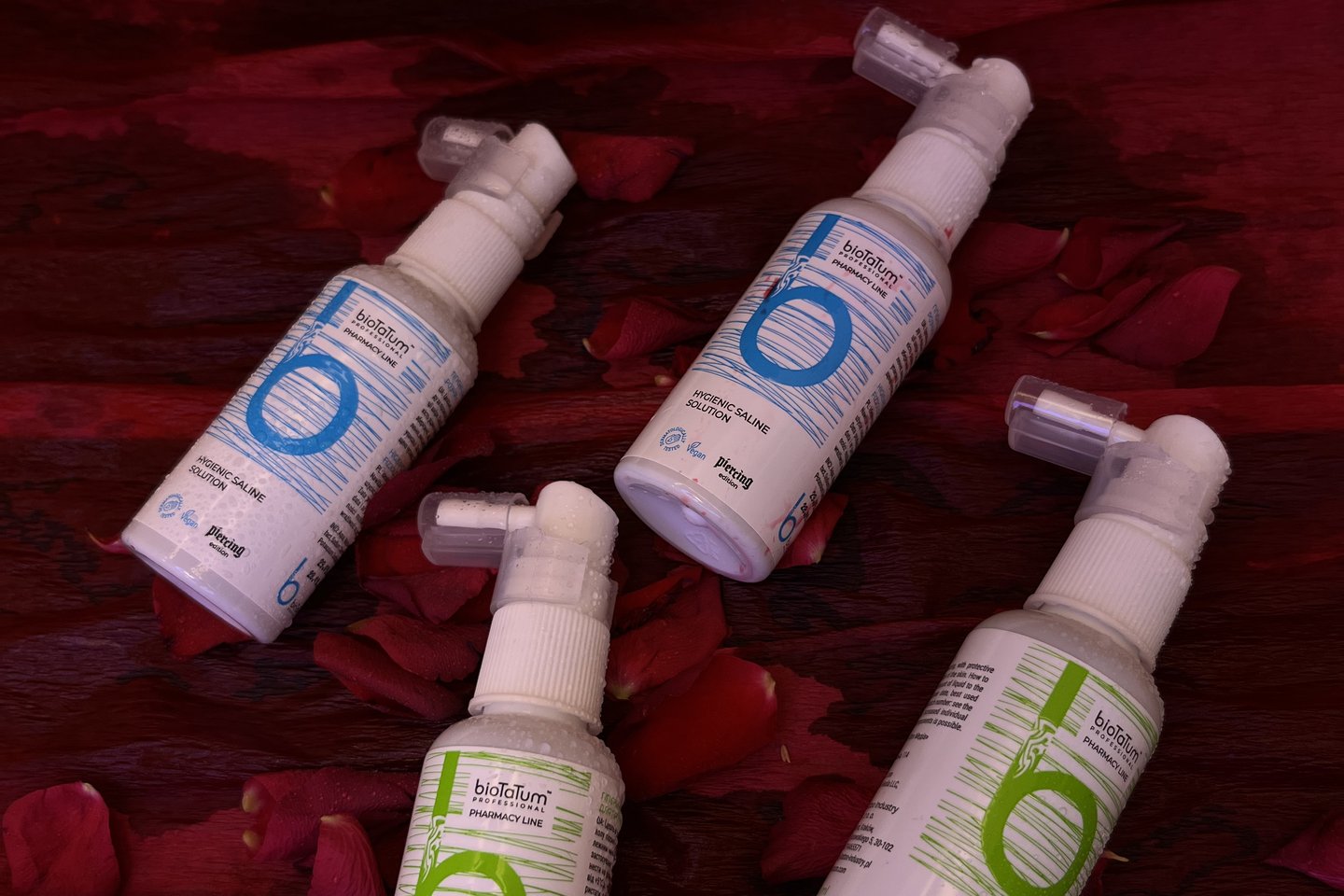
Signs Your Piercing is Fully Healed
- There is no longer any discharge or crust formation.
- The edges of the piercing look healthy and have a normal color (without redness or signs of inflammation).
- The jewelry moves freely within the piercing.
- There is no swelling, peeling, or pain.
After the recommended healing period, visit your piercer to check the condition of your piercing. They will provide professional assistance and further aftercare advice if needed.




 Make a sketch in the AI VEAN TATTOO generator
Make a sketch in the AI VEAN TATTOO generator



